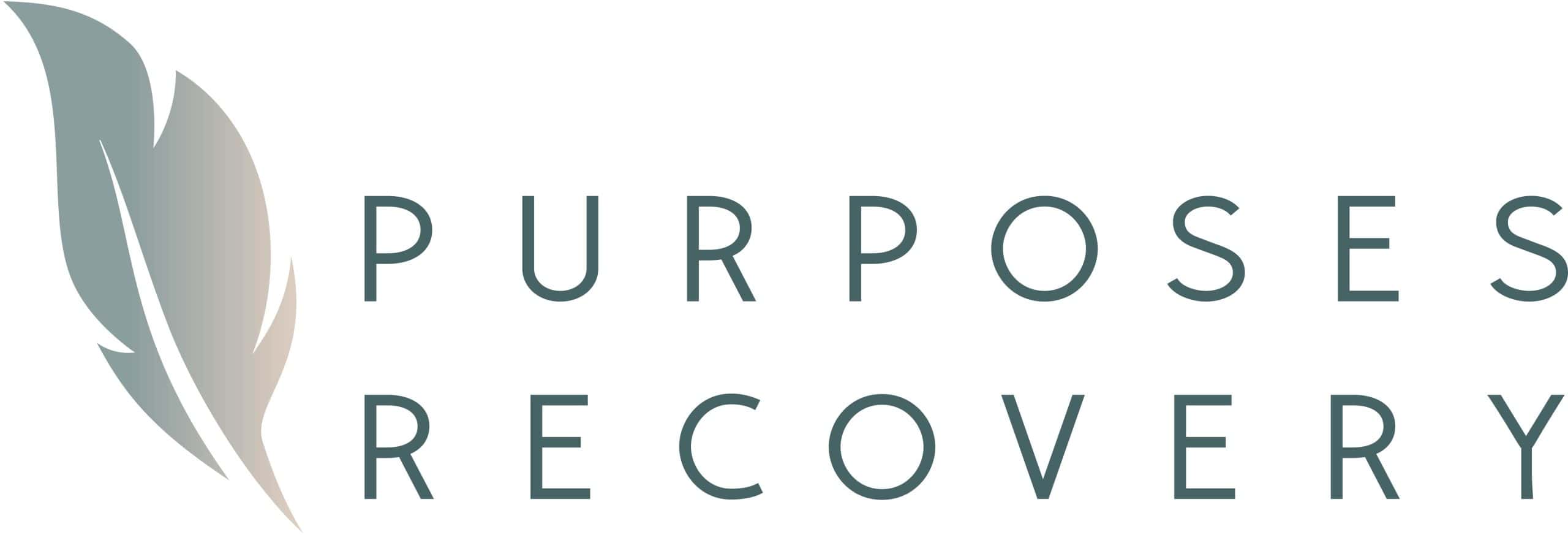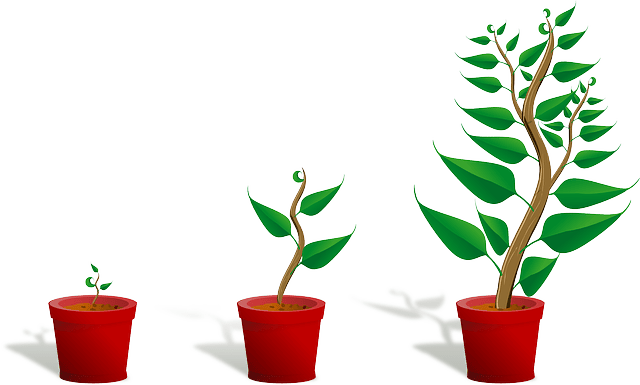The tireless research of the medical community has shown definitively that addiction is not simply a moral failing or a character flaw. The new scientific understanding of addiction instead views it as a chronic brain disease. Now, doctors call addiction “substance use disorder,” or SUD.
Substance use disorder causes measurable changes in brain chemistry and structure. Modern addiction treatment continues to target addiction’s psychological effects, but also aims to reverse or mitigate these alterations.
How Addiction Progresses
An addict chooses to take a drug—the first time. Drug use evolves from experimental to involuntary and compulsive as time passes, becoming instinctive and almost uncontrollable. The inability to control these cravings is one of the defining characteristics of addiction.
Although one doesn’t become addicted the first time using alcohol or drugs, their risk of becoming addicted increases the more they use.
Risk Factors
The term “risk factor” refers to a variety of elements that increase the likelihood of an individual developing an addiction.
Environment
The environment in which one is raised plays a major role in addiction development. Whether from having parents using drugs or inadequate parental supervision, children living in these homes are at high risk of adolescent SUD. Similarly, childhood trauma can lead to addiction later in life.
A major aspect of one’s environment is the social group. Youths are particularly susceptible to this as they’re prone to being pressured into using alcohol or drugs by peers. When compounded with other risk factors such as poor social skills, high community crime rates, and poverty, the potential to become addicted is that much higher.
Biology
Like many mental disorders, addiction has been shown to run in families, which points to a genetic component for addiction. This means when someone has blood relatives who suffer from substance use disorder, that individual is significantly more likely to develop an addiction.
Others have differences in brain structure; they experience fewer chemical signals to stop use, if any at all. With higher doses and more prolonged exposure, they increase their tolerance faster, which means addiction develops that much quicker.
Gender
Data shows that biological sex influences addiction rates with men being more likely to experience addiction and/or overdose. Conversely, women in the throes of addiction tend to experience more cravings and relapses than their male counterparts.
Biological sex determines brain chemistry, body chemistry, height, and weight. These chemical and size differences directly influence the’ effects and potency of a substance, which, in turn, affects addiction odds.
Age
The earlier users take drugs, the higher the odds that they’ll develop severe addiction issues. The reality is that child and adolescent brains are still in the thick of development, which makes them more susceptible to both addiction and a variety of other mental illnesses that can accompany it.
Route of Administration
Drugs that users inject or inhale are administered into the bloodstream more directly, heightening any user’s chance of becoming addicted. These methods transmit the chemicals to the brain in seconds rather than minutes or hours, creating an intense and very abrupt surge of euphoria. This intense feeling encourages repeat use in a short time due to the brain having just experienced a dopamine surge more intense than any before. It effectively raises the ceiling of the brain’s “pleasure circuit,” making users eager to find more of the addictive material quickly.
Brain Science of Addiction
The brain’s limbic system–often referred to more casually as the “pleasure circuit”–is the neurochemical system responsible for rewarding behaviors with positive outcomes, creating new habits for the body’s benefit.
With continual substance abuse, the brain is essentially rewired to seek drugs instead. This takes the form of powerful cravings, which is what fuels drug-seeking behavior.
Drugs & Dopamine
Exercise, eating, and other “life-sustaining” behaviors release dopamine in the brain so that the individual will consciously or unconsciously seek to repeat that helpful behavior.
Drug abuse redirects that circuit, releasing between 2x and 10x more dopamine than you see from normal day-to-day activities. Another key difference is that drug abuse releases a massive flood of dopamine in seconds rather than minutes or hours. Since more dopamine means more pleasure, the brain basically loses interest in any behaviors that don’t release those euphoric bursts of dopamine.
Neurotransmitter Changes
The human body is really good at adapting to changes to its internal environment, including adjusting to unnaturally large quantities of dopamine. Specifically, habitual substance abuse effectively trains the brain to produce minimal dopamine on its own.
When this occurs, the drug-seeking behavior escalates quickly.
Neurological Consequences of Drug Use
Drug abuse doesn’t just affect the limbic system but virtually the entirety of the brain. For instance, addiction has been associated with abnormal glutamate levels; if you’re unfamiliar with glutamate, this impairs the individual’s ability to think and learn. Moreover, the brain’s memory systems associate drug use with daily routine, reinforcing drug-seeking behavior as basically a reflex. Addiction also correlates to a variety of emotional and mental health disorders, particularly those related to emotional abnormalities and dysregulation.
Health Risks of Drug Addiction
Although it’s classified as a brain disease, substance use disorder wreaks havoc on the body. From organ damage to blood-borne illness, there are many risks to the body that can result from habitual substance use.
Some that you should probably be familiar with include:
- Marijuana reduces attention and coordination, increases heart rate, damages the lungs, and increases the risk of psychosis.
- Alcohol damages higher brain functions and strains the liver.
- Nicotine massively increases the risk of cancer and other lung diseases.
- Inhalants are usually poisonous and often deadly.
- Cocaine dramatically increases the risk of heart attack.
- Opiates, especially intravenous heroin, increase the risk of infection
Other drugs with dangerous physical or psychological effects include MDMA, LSD, and steroids. Drugs taken together can also increase overdose risk and pose other dangers.
Harm to Others
Substance abuse can also cause harm to others. The obvious example is prenatal exposure to tobacco, heroin, or opioids, which can cause infants to be born experiencing withdrawal symptoms and putting them at greater risk for learning disabilities later in life. Secondhand tobacco smoke damages the lungs of anyone who spends too much time around smokers.
Injected drugs are a huge risk, particularly among peer groups of users more likely to share needles. This puts the users at risk of contracting Hepatitis C, AIDS, and more.
Finally, individuals are likely to put themselves and/or others into dangerous situations due to being under the influence or motivated to seek drugs due to withdrawal.
The Science of Curing Addiction
With a better understanding of addiction’s effects on the brain, the drug addiction treatment industry is finding itself closer than ever to a cure for addiction. Fortunately, the brain is quite resilient; it can adapt to reduced dopamine release in much the same way as it adapts to excess dopamine.
The Most Effective Treatments for Drug Addiction
There’s practically an endless number of ways to treat addiction. As has been shown, the level to which a form of treatment is effective varies from one patient to the next although any single method works even better in combination with one or more others.
Medication Management
When a patient with SUD quits drugs, they experience unpleasant physical and emotional symptoms. Depression, anxiety, and insomnia are all common. Instead of having to suffer through these withdrawal symptoms, many treatment centers offer medicinal relief through detoxification. This helps to alleviate some of the discomfort associated with these symptoms without negating the clinical detox process.
Relapse Prevention
Unfortunately, half of all addiction patients who complete addiction treatment programs will relapse. To be clear, this doesn’t mean they’ve completely abandoned sobriety since they can, in fact, recover and move on. However, it’s not always easy to process a slip or full relapse, which is why the preferred strategy is to avoid emotional triggers that could inhibit the re-recovery process.
Behavioral Therapy
As the foundation of most addiction treatment programs, behavioral therapies are used to help patients identify (and address) the underlying cause(s) of their addictions. Moreover, behavioral therapies can teach patients crucial life skills and new coping strategies.
Handling Withdrawal with Detox
Detoxification is one of the most intimidating phases of recovery as individuals have to content with their withdrawal symptoms. Medical professionals can help to alleviate the worst symptoms and carefully monitor and maintain their condition using a number of safe medications and supplements.
Detox with Purposes Recovery
If you’re seeking a leading Los Angeles medical detox center with evidence-based treatment methods, look no further than Purposes Recovery. Contact us today to schedule a complimentary consultation and explore our comprehensive medical detox and therapy programs.
The journey to recovery begins with Purpose.



